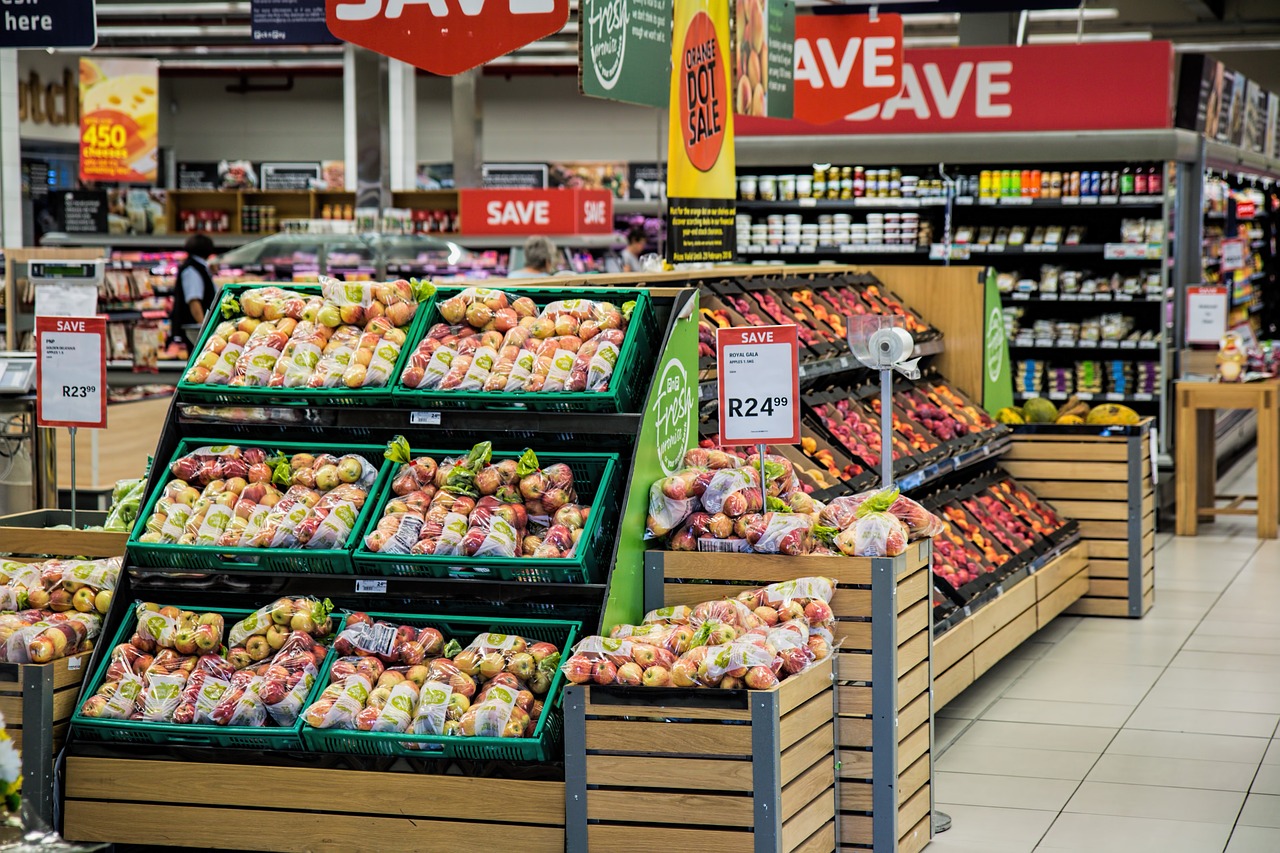President-elect Trump is already reneging on at least one campaign promise: he might not be able to lower grocery prices. Although most Americans have become accustomed to Trump’s blustering and bravado, rising grocery prices continue to hit a sore spot with cash-strapped families. Concerns over incoming tariffs’ further impact on everyday items have led to consumers stockpiling toilet paper and other non-perishable items, similar to the product runs we experienced during the early stages of the 2020 Global Pandemic. But unnecessary and disproportionate responses to rising grocery prices are foolhardy, as bogarting retail items could further strain supply lines, increasing pricing even more.
Market Dynamics Drive Grocery Prices to New Records
Consumer products have yet to level off from pre-pandemic pricing. Rising operating costs, such as production, fuel, and labor, reverberate pricing before products hit the shelves. While the USDA predicted decreased grocery pricing in 2024, the average American wallet has yet to feel relief. With the holidays quickly approaching, many Americans need help prioritizing necessities over name-brand products as they tighten their belts further in anticipation of higher tariffs. Although some state attorney generals have flirted with enacting price controls, economists fear this would prompt businesses to offset such measures creatively through lay-offs and inferior products.
Should You Stockpile Non-Perishable Items?

While rising grocery prices are vexatious for Americans balancing their checking accounts every payday, stockpiling items can further strain finances while driving up prices. Stockpiling during supply chain shortages or shifting market dynamics is often for naught. Emergency planning and response requires proactive procurement, not reactive hoarding. Prospective preppers should make several small purchases over time instead of bulk orders that often go to waste.
Proven Foodstuffs for Sensible Stockpiling

Dry white rice and black beans will last forever if stored in airtight containers, removed from direct sunlight, and in cool temperatures. Canned meat and vegetables maintain a three—to five-year shelf life. Smaller canned items are more practical than bulk containers, as consumers are less likely to waste them. Contents in unblemished cans are generally safe to consume, although the taste and flavor might not be palatable. Pasta, crackers, cereal, granola bars, and dry jerky can be kept in reserve with moisture control.
Safe Room Prep and Food Reserves

Sensible food stockpiling over time complements safe room protection. Customized shelving can be fitted to new and existing safe rooms and tornado shelters. Strategic food inventorying inside a safe room can bolster your family’s emergency response during natural weather events and civil unrest. Contact us today to learn more about disaster preparedness and safe room protection.







